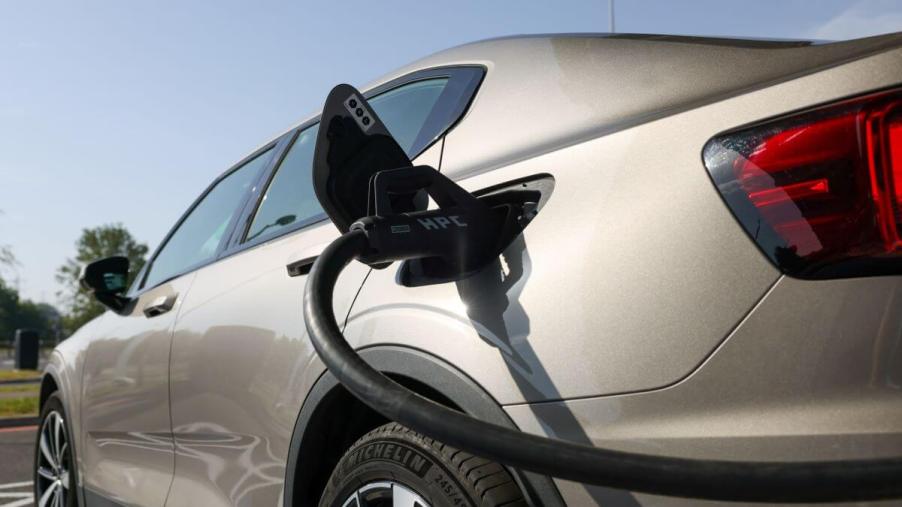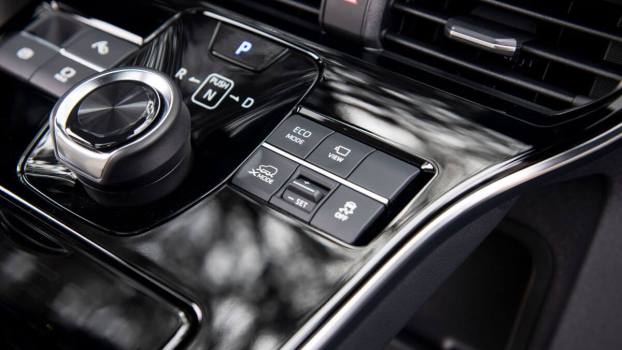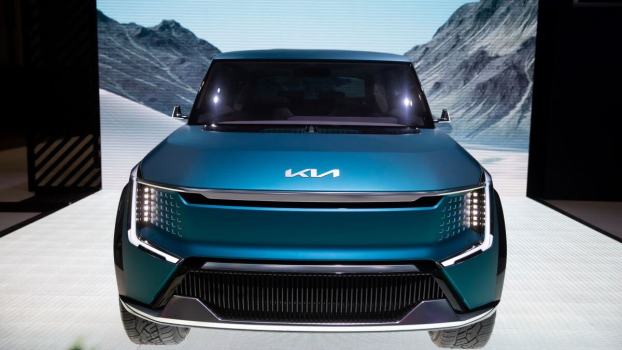
Do Electric Cars Have Gas Tanks?
The emerging popularity of electric vehicles (EVs) has ushered in a new era of automotive knowledge. So, one simple question that still may puzzle some is whether electric cars have gas tanks. Let’s find out!
The gas tank in ICE vehicles
Gas tanks in traditional internal combustion engine (ICE) vehicles serve a crucial role. They store and supply gasoline – the fuel that powers the vehicle’s engine. Gasoline is drawn from the tank through a system of fuel lines, filters, and a pump to the engine’s combustion chamber. There, it combines with air and is ignited by a spark plug, producing the controlled explosions that propel the vehicle forward. Gas tanks are typically located at the vehicle’s rear, underneath the trunk or rear seat.
All-electric (battery-electric) vehicles
According to Autotrader, electric vehicles, also known as battery-electric cars (BEVs), operate on a fundamentally different principle. They rely solely on electricity to power an electric motor, eliminating the need for gasoline. As a result, standard EVs do not have gas tanks.
Instead of a gas tank, battery-electric cars have a high-capacity rechargeable battery pack. This battery is responsible for storing the electricity that powers the vehicle. These batteries are usually located in the vehicle’s floor to optimize weight distribution and maximize interior space. To replenish the battery’s charge, EVs come with an exterior charge port. This port is usually located in a similar spot to a conventional car’s gas cap or at the front or rear of the vehicle for convenience.
Hybrid and plug-in hybrid cars have gas tanks
It’s important to note that not all electric vehicles are entirely devoid of gas tanks. Hybrid electric vehicles (HEVs) and plug-in hybrid electric vehicles (PHEVs) are two types that still have gas tanks, according to the EPA.
Hybrid cars combine an electric motor with a gasoline engine. These vehicles have gas tanks, but their engines work with the electric motor to improve fuel efficiency. The gasoline engine in HEVs also acts to recharge the vehicle’s battery or provide extra power when needed.
Plug-in hybrid vehicles, on the other hand, have a larger battery than HEVs and can be plugged in to charge. While they operate primarily on electricity, PHEVs also have gasoline engines and, hence, gas tanks. This dual power source allows them to offer the flexibility of electric-only driving while having the ability to use gasoline for longer trips.
Navigating the road ahead with EVs
As the popularity of electric vehicles continues to rise, it’s important for drivers to understand the differences between traditional ICE vehicles and their electric counterparts. While gas tanks are an integral part of ICE vehicles, all-electric vehicles like BEVs have eliminated their need, relying solely on high-capacity rechargeable batteries and charge ports. However, it’s worth noting that hybrid electric vehicles (HEVs) and plug-in hybrid electric vehicles (PHEVs) do have gas tanks since they incorporate gasoline engines with electric motors.
Simply put, embracing the world of electrified cars empowers consumers to make informed choices and contribute to a greener future of transportation.






